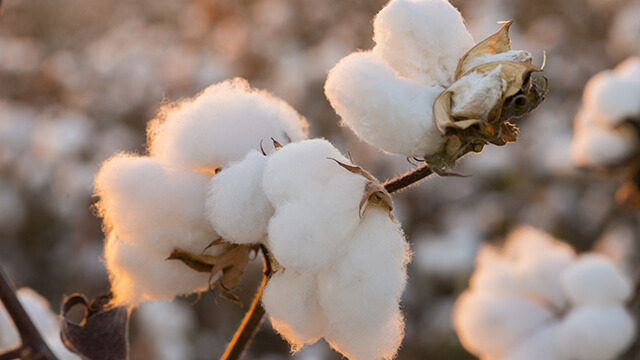Wheat cultivation in the Rabi season has increased by 2.5% to 312.28 lakh hectares (lh) due to stable prices and farmers’ appetite for government incentives. However, the area under oilseeds and pulses has declined, as a result of increased imports and falling market prices, putting India’s hopes of self-sufficiency at risk. Wheat’s strong market performance and incentives are overshadowing other crops; the overall Rabi area has declined to 590.82 lakh lh from 590.97 lakh lh the previous year.
There has been a major change in crop planting patterns in the current Rabi season, with wheat area increasing by 2.5% to 304.77 lakh hectare (lh). This gain is due to stable prices and state bonuses, as wheat is being sold at over Rs 2,425 per quintal in places like Madhya Pradesh and Rajasthan.
However, the area under pulses and oilseeds has declined. Due to the fall in prices, mustard, a significant Rabi oilseed, has been planted in an area of 5.6% to 88.5 lakh hectares.
The overall Rabi area has declined to 590.82 lakh hectares from 590.97 lakh hectares in the previous year, indicating the need for effective planning.
Wheat has rebounded this Rabi season due to market and regulatory support, but price pressure has impacted oilseeds and pulses. Immediate interventions are needed to ensure balanced growth.

